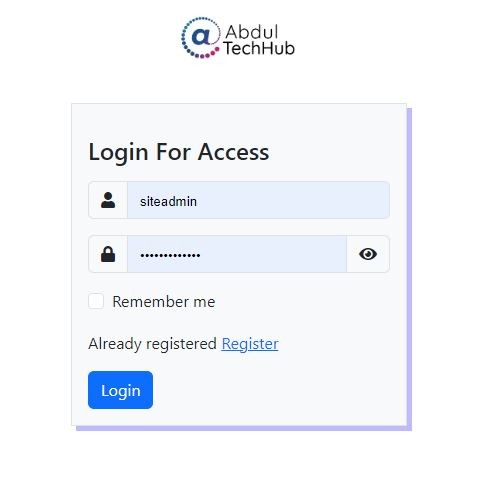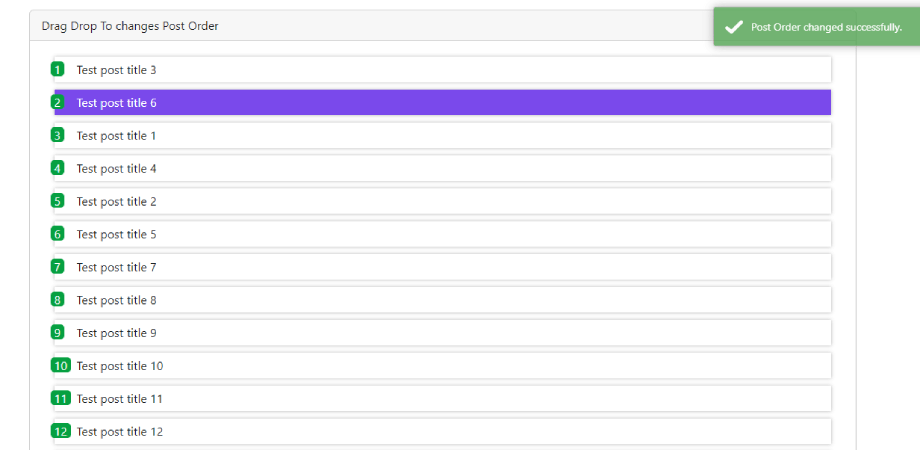Pros and Cons of using Jquery for front end development
The Comprehensive Table of Contents:
- What is jQuery?
- Pros or Advantages of jquery.
- Cons or Disadvantages of jquery.
- jQuery Events List.
- Exploring Top Companies that Utilize jQuery for Web Development
What is jQuery?
jQuery is a small, and feature-rich JavaScript library. It makes it easier to traverse HTML documents, handle events, create animations, and perform other common web development tasks with less code than would be required using plain JavaScript.
Some of the key features of jQuery include:
Simplified DOM traversal and manipulation: jQuery provides a simple syntax for finding, selecting, and manipulating elements on a web page. It allows you to change the content and attributes of HTML elements, as well as create and remove them.
Event handling: jQuery provides an easy way to attach event handlers to HTML elements. You can respond to user actions such as clicks, key presses, and form submissions with just a few lines of code.
AJAX support: jQuery simplifies the process of making AJAX requests to a web server. It provides a high-level API that makes it easy to send and receive data in a variety of formats, including JSON and XML.
Effects and animations: jQuery includes a powerful animation framework that makes it easy to create dynamic and engaging web pages. You can use it to add effects such as fades, slides, and transitions to HTML elements.
jQuery is widely used and has a large community of developers who contribute plugins and extensions to the library. It is compatible with most web browsers and can be used in combination with other web technologies such as CSS and HTML5.
Pros or Advantages of jquery
There are several reasons why you might consider using jQuery in your web development projects:
Cross-browser compatibility: jQuery is designed to work consistently across different web browsers, which can save you a lot of time and effort when it comes to testing and debugging.
Easy-to-use syntax: jQuery provides a simplified syntax for common web development tasks, which can make your code more concise and easier to understand.
Large community and plugin ecosystem: jQuery has a large community of developers who contribute plugins and extensions to the library, which can save you time and effort when it comes to implementing complex features.
Good performance: jQuery is designed to be fast and efficient, which can make your web pages load faster and respond more quickly to user interactions.
Cons or Disadvantages of jquery.
On the other hand, there are also some reasons why you might choose not to use jQuery:
Learning curve: Although jQuery provides a simplified syntax, it still requires some learning and familiarity with JavaScript concepts. If you're not comfortable with JavaScript, you may find it difficult to use jQuery effectively.
Overhead: Including the jQuery library on your web page can add some overhead to your page load times, particularly if you only use a small subset of the library's features.
Dependency management: If you use a lot of plugins and extensions with jQuery, it can be challenging to manage dependencies and keep everything up-to-date.
Alternative libraries: There are other JavaScript libraries and frameworks available that provide similar functionality to jQuery, and may be a better fit for your specific needs.
jQuery Events List.
In jQuery, events are actions or occurrences that take place on a web page, such as a user clicking a button or scrolling down the page. jQuery provides a comprehensive list of events that can be used to trigger actions and reactions on a web page.
Types of jQuery Events
There are several types of events in jQuery, including:
- Mouse Events: These events are triggered by user interactions with the mouse, such as clicking, hovering, and dragging.
- Keyboard Events: These events are triggered by user interactions with the keyboard, such as typing or pressing a key.
- Form Events: These events are triggered by user interactions with form elements, such as submitting a form or changing the value of an input field.
- Document/Window Events: These events are triggered by actions that take place on the document or window, such as the page loading or unloading.
- Custom Events: These events are created by developers and can be used to trigger specific actions or reactions on a web page.
- Using jQuery Events
To use jQuery events, developers first need to select the element or elements that they want to attach the event to. This can be done using jQuery selectors. Once the element has been selected, the event can be attached using the .on() method, which takes the event name and a function as arguments.
For example, the following code attaches a click event to a button element and displays an alert when the button is clicked:
<button class="button">Click to show effect</button><br><br>
<button class="button2">Click to show effect</button>
<script src="https://code.jquery.com/jquery-3.6.3.min.js"
integrity="sha256-pvPw+upLPUjgMXY0G+8O0xUf+/Im1MZjXxxgOcBQBXU=" crossorigin="anonymous"></script>
<script>
$(".button").on("click", function () {
alert("Button clicked!");
});
//or
$("body").on("click", ".button2", function () {
alert("Button clicked!");
});
</script>
Exploring Top Companies that Utilize jQuery for Web Development
jQuery is a widely used JavaScript library, and many companies and organizations have used it to build their products and services.
Google: Google has used jQuery in some of their products and services, such as Google Analytics and Google Trends.
Facebook: Facebook has used jQuery in various parts of its website and in some of its products, such as the Facebook Ads Manager.
Microsoft: Microsoft has used jQuery in some of their web development projects, such as the ASP.NET MVC framework.
IBM: IBM has used jQuery in some of their enterprise web applications, such as IBM Watson.
Twitter: Twitter has used jQuery in various parts of its website and in some of its products, such as Twitter Ads.
Amazon: Amazon has used jQuery in some of their web development projects, such as the Amazon CloudFront console.
WordPress: WordPress, one of the most popular content management systems, uses jQuery as its default JavaScript library.
Dropbox: Dropbox has used jQuery in various parts of its website and in some of its products, such as the Dropbox Paper document collaboration tool.
These are just a few examples of companies and organizations that have used jQuery in their web development projects. However, it's worth noting that many companies have started to move away from jQuery in favor of other JavaScript libraries or frameworks, or are using jQuery in combination with other tools.


